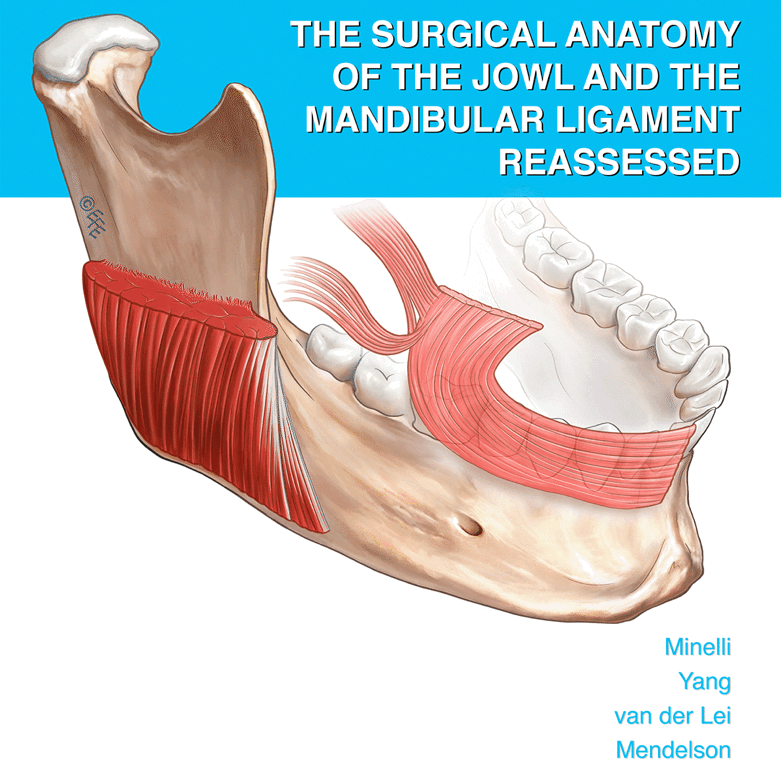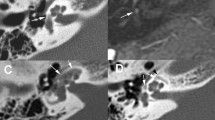Abstract
Background
As TMJ surgery incisions have evolved, there has been a decrease in facial deformity and adequate surgical access. Even though the traditional preauricular and endaural incisions offer great exposure, they heal with a noticeable scar; in contrast, the Inviscision becomes invisible.
Aim
To compare and evaluate both the approaches for TMJ surgeries in terms of surgical exposure, VII nerve injury and postoperative aesthetics.
Methods
60 TMJ surgery cases were randomly divided into two groups: Group A-30 Inviscision and Group B-30 Endaural incision and assessed for the amount of time from the incision to the exposure, ample access for surgery and postoperative nerve injury, scarring, cartilage injury/necrosis and ear deformity. All the patients were followed up for an average of six months.
Results
Surgical exposure time was average 12 and 10 min via Inviscision and endaural incision, respectively. In Inviscision, scar becomes invisible after 40 days and in endaural incision, scar becomes a thin but visible line after 35 days. No cases of hypertrophic scar, keloid formation, cartilage injury/necrosis/ear deformity in either group. Transient temporal branch of VII nerve weakness seen in 33% of Inviscision and 40% of endaural cases which improved after average 3 and 3.4 months, respectively. Likert’s patient satisfaction score was average 4 and 2, and POSAS score for scarring was 1.5 and 3, in Inviscision and endaural incision, respectively.
Conclusion
Inviscision gives adequate exposure, avoids all related anatomic structures, other than causing transient retraction neuropraxia, along with outstanding aesthetic outcomes by hiding the scar in the anatomical folds of the ear auricle. Although, endaural incision provides better surgical time management and equivalent surgical exposure, Inviscision proves to be a better alternative for TMJ surgeries through all other parameters.






Similar content being viewed by others
References
Liu F, Giannakopoulos H, Quinn PD, Granquist EJ (2015) Retrospective study of facial nerve function following temporomandibular joint arthroplasty using the endaural approach. Craniomaxillofac Trauma Reconstr 8(2):88–93
Al-Kayat A, Bramley P (1979) A modified pre-auricular approach to the temporomandibular joint and malar arch. Br J Oral Surg 17(2):91–103
Dias AD (1984) A truly endaural approach to the temporo-mandibular joint. Br J Plast Surg 37(1):65–68. https://doi.org/10.1016/0007-1226(84)90045-6. (PMID: 6692062)
Starck WJ, Catone GA, Kaltman SI (1993) A modified endaural approach to the temporomandibular joint. J Oral Maxillofac Surg 51(1):33–37
Ruíz CA, Guerrero JS (2001) A new modified endaural approach for access to the temporomandibular joint. Br J Oral Maxillofac Surg 39:371–373
Davies ROHL, Cascarini L, Coombes D, Warburton G (2020) Two new surgical techniques to refine surgery around the ear: “the inviscision” and the external auditory meatus suture. J Oral Maxillofac Surg 78(2):285.e1-285.e6
Santos GS, Nogueira LM, Sonoda CK, de Melo WM (2014) Using endaural approach for temporomandibular joint access. J Craniofac Surg 25(3):1142–1143
Nishioka GJ, Van Sickels JE (1987) Modified endaural incision for surgical access to the temporomandibular joint. J Oral Maxillofac Surg 45(12):1080–1081
Holland: Utilizing the reaction of degeneration test for individuals with focal paralysis. Journal of Brachial Plexus and Peripheral Nerve Injury 2012. 7:6.
Priya BS, Srinivasan KR, Lakshmanan P, Selvi P (2017) Facial nerve injury following TMJ surgery and its management by electrical stimulation – a case study. Biomed Pharmacol J 10:1855–1861
Funding
This research was not supported by any funding.
Author information
Authors and Affiliations
Corresponding author
Ethics declarations
Conflict of interest
The authors declare that there is no conflict of interest.
Additional information
Publisher's Note
Springer Nature remains neutral with regard to jurisdictional claims in published maps and institutional affiliations.
Rights and permissions
Springer Nature or its licensor (e.g. a society or other partner) holds exclusive rights to this article under a publishing agreement with the author(s) or other rightsholder(s); author self-archiving of the accepted manuscript version of this article is solely governed by the terms of such publishing agreement and applicable law.
About this article
Cite this article
Sahal, A., Anchlia, S., Dhuvad, J. et al. Inviscision: A Futuristic Alternative to Endaural Incision for TMJ Surgeries. J. Maxillofac. Oral Surg. (2024). https://doi.org/10.1007/s12663-024-02143-2
Received:
Accepted:
Published:
DOI: https://doi.org/10.1007/s12663-024-02143-2




